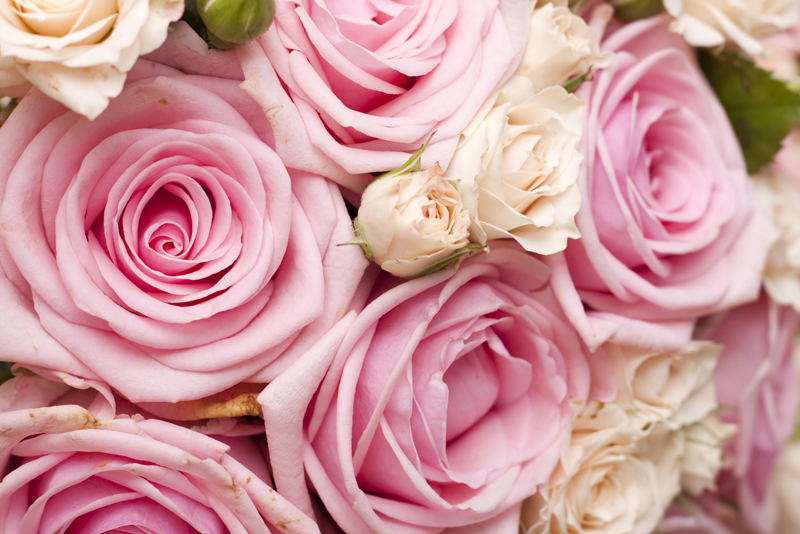Natural Perfume Without Harsh Chemicals?

The allure of natural perfume lies in its purity. They are free from synthetic chemicals and filled with the essence of nature. If you've ever wanted to create your own signature scent without overwhelming your senses with artificial fragrances, you're in the right place. Let’s explore a simple, chemical-free way to craft a beautiful, long-lasting perfume.
Many commercial perfumes contain synthetic fragrances, preservatives, and fixatives that can trigger allergies, headaches, or skin irritation. Natural perfumes, on the other hand, use botanical ingredients like essential oils, absolutes, and resins, offering a more skin-friendly and eco-conscious alternative.
A well-balanced perfume consists of three notes:
•Top Notes – The first scent you notice, often light and refreshing (e.g., citrus, mint, or lavender).
•Middle Notes – The heart of the fragrance, providing depth (e.g., rose, jasmine, ylang-ylang).
•Base Notes – The longest-lasting scents that anchor the fragrance (e.g., sandalwood, vanilla, patchouli).
Ingredients:
-10 drops of a top note essential oil (e.g., bergamot or lemon)
-15 drops of a middle note essential oil (e.g., rose or geranium)
-5 drops of a base note essential oil (e.g., cedarwood or vanilla)
-1 ounce of a natural carrier oil (e.g., jojoba oil or fractionated coconut oil) OR 1 ounce of alcohol (organic vodka or perfumer’s alcohol)
Instructions:
1.Blend the Oils – In a small glass bottle, mix your essential oils, starting with the base note, then adding the middle and top notes.
2.Add Carrier Oil or Alcohol – Pour in the carrier oil or alcohol, then swirl gently to mix.
3.Let It Mature – Seal the bottle and let it sit for at least 48 hours (or up to 6 weeks) to allow the scent to develop fully.
4.Test & Adjust – After aging, test the fragrance on your skin. If needed, adjust by adding more of a particular note.
•Start small! Less is more when working with essential oils.
•Store in a dark glass bottle to preserve the fragrance.
•Apply to pulse points (wrists, neck) for longer wear.
•Experiment with seasonal scents—lighter florals for spring, deeper woods for fall.
Creating your own natural perfume is a rewarding experience that allows you to control what goes on your skin while crafting a scent that’s uniquely yours. Ditch the synthetics and embrace the beauty of natural perfumes!
That’s it for this week.
Juliette's Website
Nyraju Skin Care
Why Choose Natural Perfume?
Many commercial perfumes contain synthetic fragrances, preservatives, and fixatives that can trigger allergies, headaches, or skin irritation. Natural perfumes, on the other hand, use botanical ingredients like essential oils, absolutes, and resins, offering a more skin-friendly and eco-conscious alternative.
The Basics of Natural Perfumery
A well-balanced perfume consists of three notes:
•Top Notes – The first scent you notice, often light and refreshing (e.g., citrus, mint, or lavender).
•Middle Notes – The heart of the fragrance, providing depth (e.g., rose, jasmine, ylang-ylang).
•Base Notes – The longest-lasting scents that anchor the fragrance (e.g., sandalwood, vanilla, patchouli).
Simple Natural Perfume Recipe
Ingredients:
-10 drops of a top note essential oil (e.g., bergamot or lemon)
-15 drops of a middle note essential oil (e.g., rose or geranium)
-5 drops of a base note essential oil (e.g., cedarwood or vanilla)
-1 ounce of a natural carrier oil (e.g., jojoba oil or fractionated coconut oil) OR 1 ounce of alcohol (organic vodka or perfumer’s alcohol)
Instructions:
1.Blend the Oils – In a small glass bottle, mix your essential oils, starting with the base note, then adding the middle and top notes.
2.Add Carrier Oil or Alcohol – Pour in the carrier oil or alcohol, then swirl gently to mix.
3.Let It Mature – Seal the bottle and let it sit for at least 48 hours (or up to 6 weeks) to allow the scent to develop fully.
4.Test & Adjust – After aging, test the fragrance on your skin. If needed, adjust by adding more of a particular note.
Tips for a Balanced Natural Perfume
•Start small! Less is more when working with essential oils.
•Store in a dark glass bottle to preserve the fragrance.
•Apply to pulse points (wrists, neck) for longer wear.
•Experiment with seasonal scents—lighter florals for spring, deeper woods for fall.
Summing Things Up ...
Creating your own natural perfume is a rewarding experience that allows you to control what goes on your skin while crafting a scent that’s uniquely yours. Ditch the synthetics and embrace the beauty of natural perfumes!
That’s it for this week.
Juliette's Website
Nyraju Skin Care

Related Articles
Editor's Picks Articles
Top Ten Articles
Previous Features
Site Map
Content copyright © 2023 by Juliette Samuel. All rights reserved.
This content was written by Juliette Samuel. If you wish to use this content in any manner, you need written permission. Contact Juliette Samuel for details.


